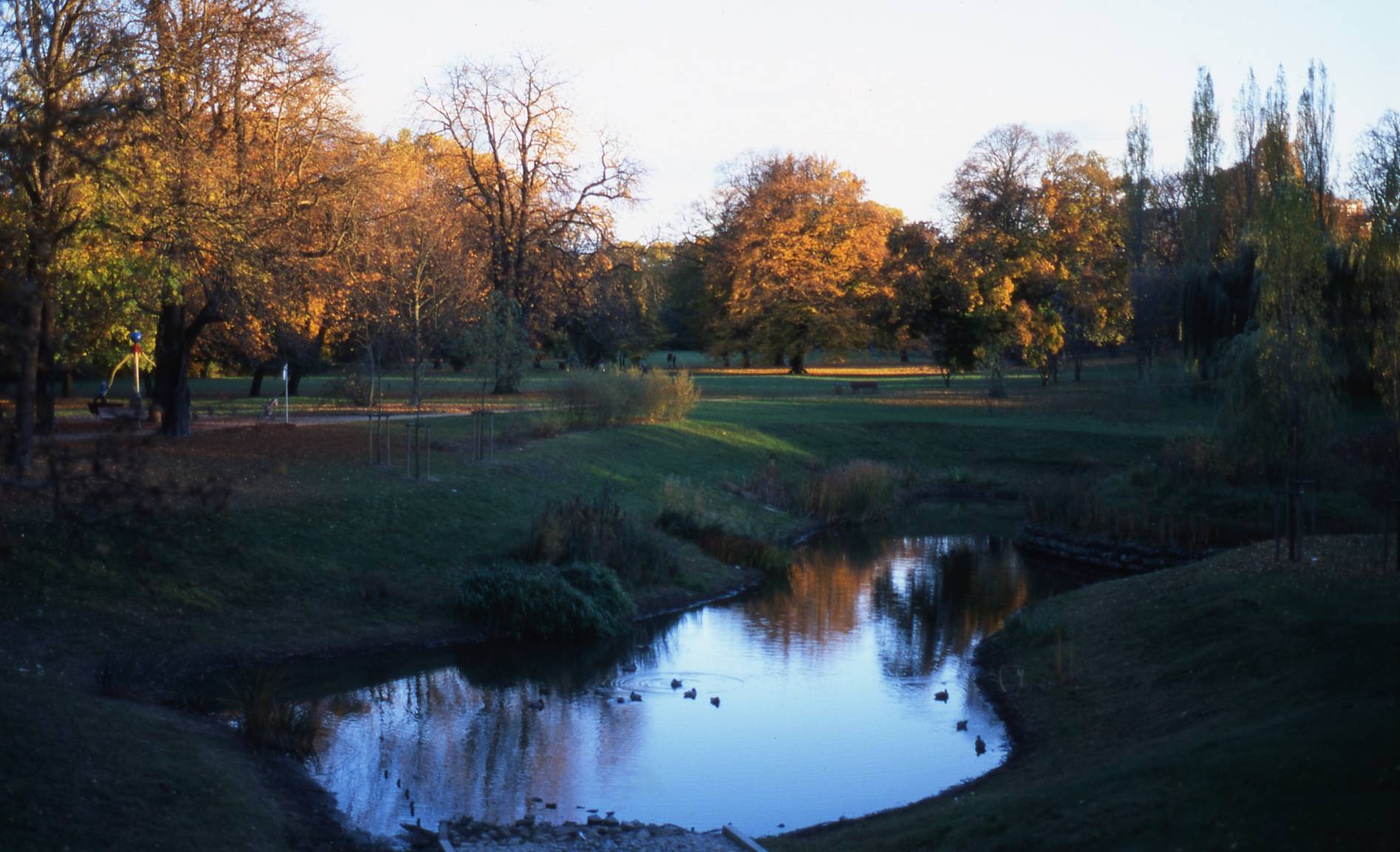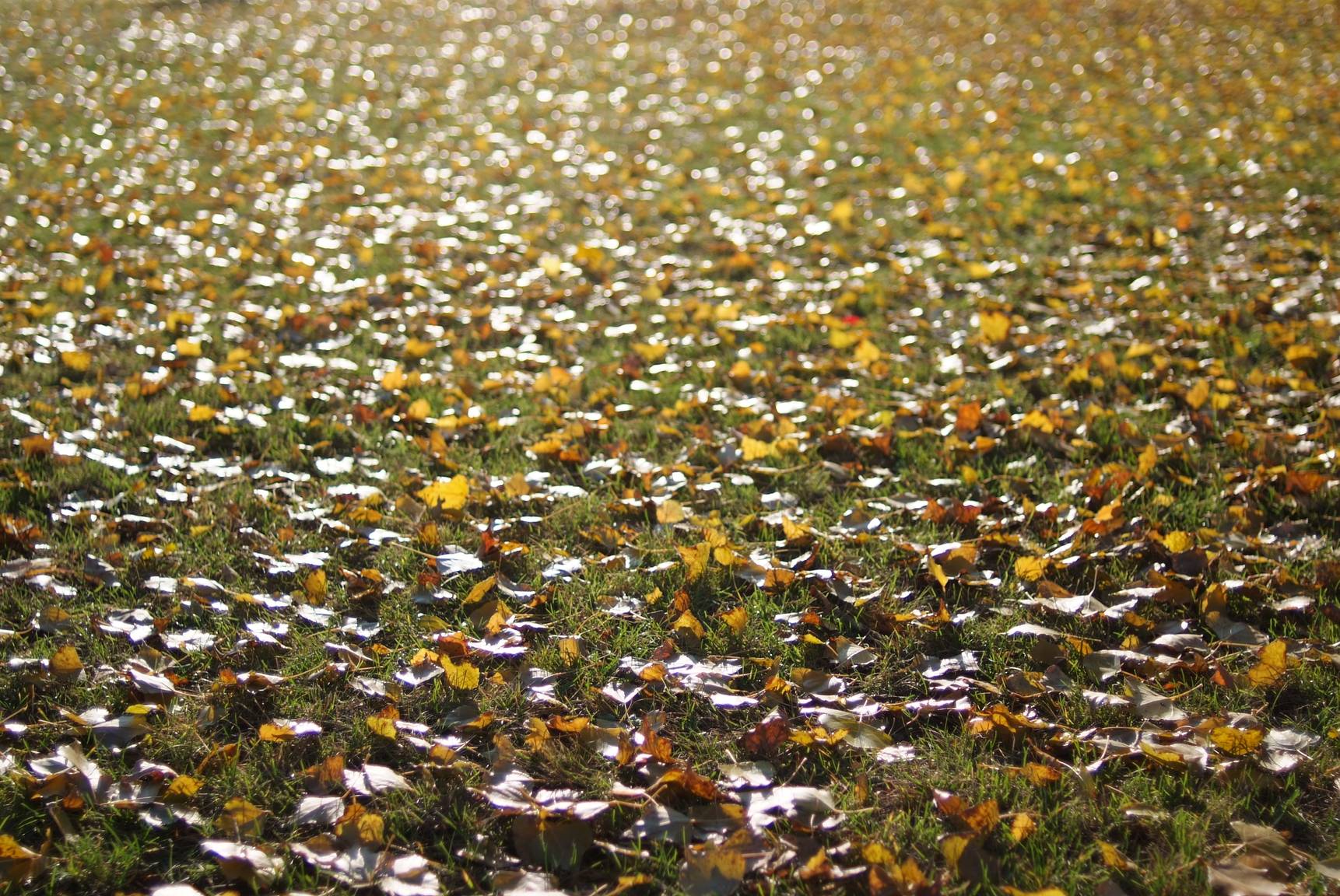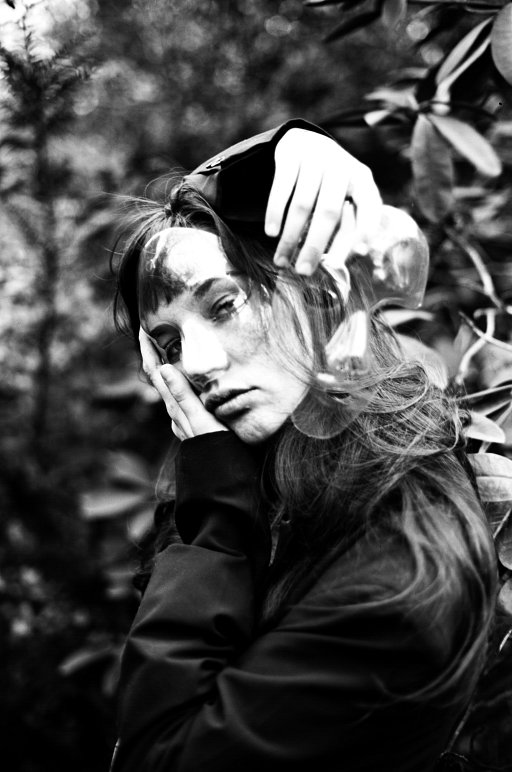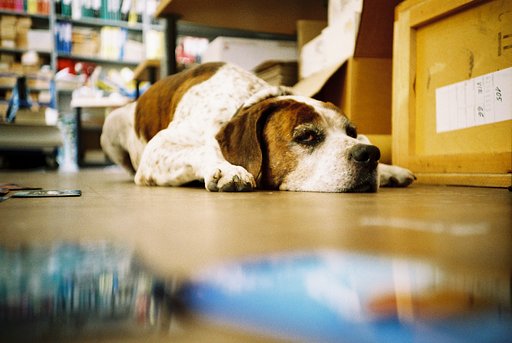Spot the Difference: Analog vs Digital
20 48 Share TweetA field test to compare digital and analog photography.

I had the idea to compare analog and digital photography for a long time, but the opportunity to make it in a good clean scientific way appeared just recently. I got into my possession two similar hi-end cameras: digital FUJIFILM FinePix S5 Pro and analog Nikon F90.
You can find complete reviews of this cameras elsewhere, so I will just provide the details directly related to my comparison. FinePix S5 Pro has a 23,0×15,5 mm (APS-C) Super CCD SR II sensor with 4256 × 2848 pixels. I loaded F90 with 35 mm FUJICHROME Velvia 50 slide film (with image dimensions 36×24 mm). Because APS-C and full-frame sized sensors would give different field of view with the same lens, I selected the lenses accordingly.
FinePix S5 Pro got a Nikon 35mm f/2 AF-D, and F90 received a Nikon 50mm f/1.8 AF-D, so that the actual field of view was almost identical. Both lenses were set to F2.0, and both cameras to autofocus and autoexposure to make things less complicated and to exclude human factor. ISO on the FinePix S5 Pro was set to 100, because 50 (to match Velvia) was not possible, and the white balance to “Daylight”.
Pictures of the same subject were acquired on both cameras one after the other. After the shootout, film was developed in a local photo lab, and then scanned by myself on Epson Perfection V700 Photo, which is considered the best flatbed photo-scanner. The acquired image resolution was 3600×2289 pixels.
So, in the galleries below you will see images in a following order: Digital Image → Analog Image (click on the image to see the second). Let’s meet after watching the pictures and share some thoughts.
So, what can I say? The obvious thing is that Velvia has more contrast and, perhaps, was frequently underexposed (due to lower ISO). Another obvious thing is that F90 has less depth of field, but this was clear before the comparison and was not its purpose.
More interesting things appear on individual photos. On some of the “analog” sky has much more saturated blue color. Also, the sunset sky on the bridge photo is clearly better on film. I like the close up of yellow leaves on a tree much more on Velvia. On the other hand, Velvia gave strange bluish shadows on some photos. Some yellow leaves got reddish hue on film. Pink and yellow roses and the sunset-lit tree with nests I prefer on digital.
Overall, I was surprised how close digital and analog are nowadays. Especially if you consider the possibility of additional manipulations in photo-editing software. Nevertheless, in my opinion, film still has inherent beauty which you need to recreate on digital photos with expense of time. I’m really interested in your opinions about this test, so feel free to comment below. Long live film!
escrito por mrwhiteman el 2013-01-02 #test #lifestyle #analog #film #digital #comparison



































































20 Comentarios